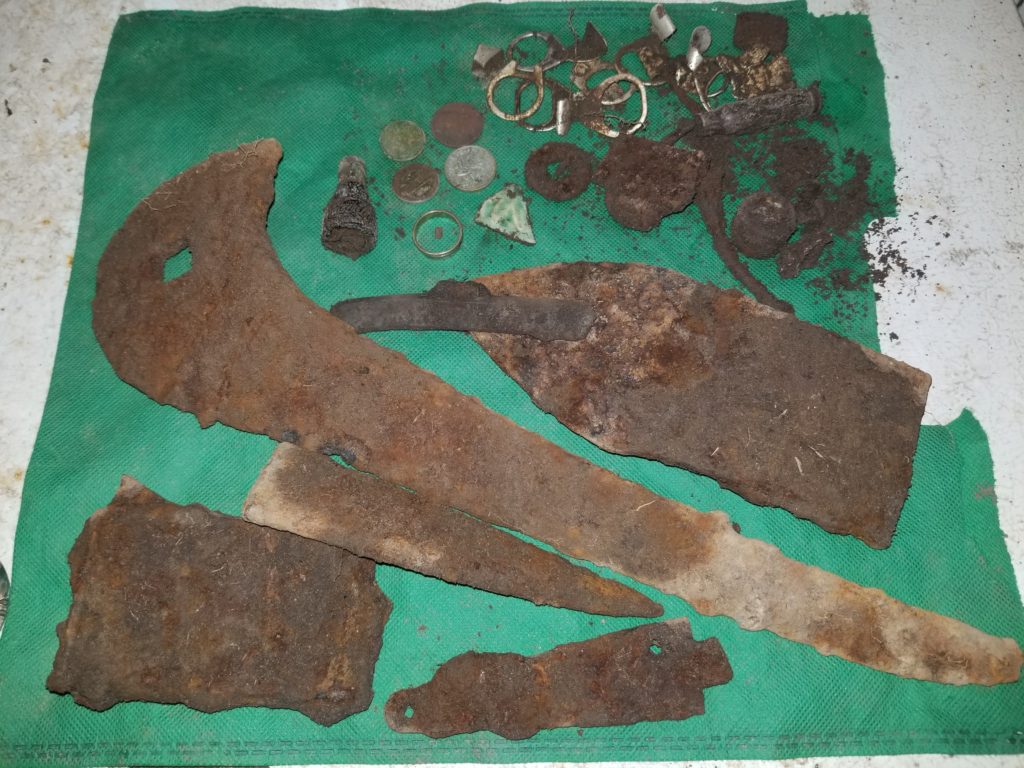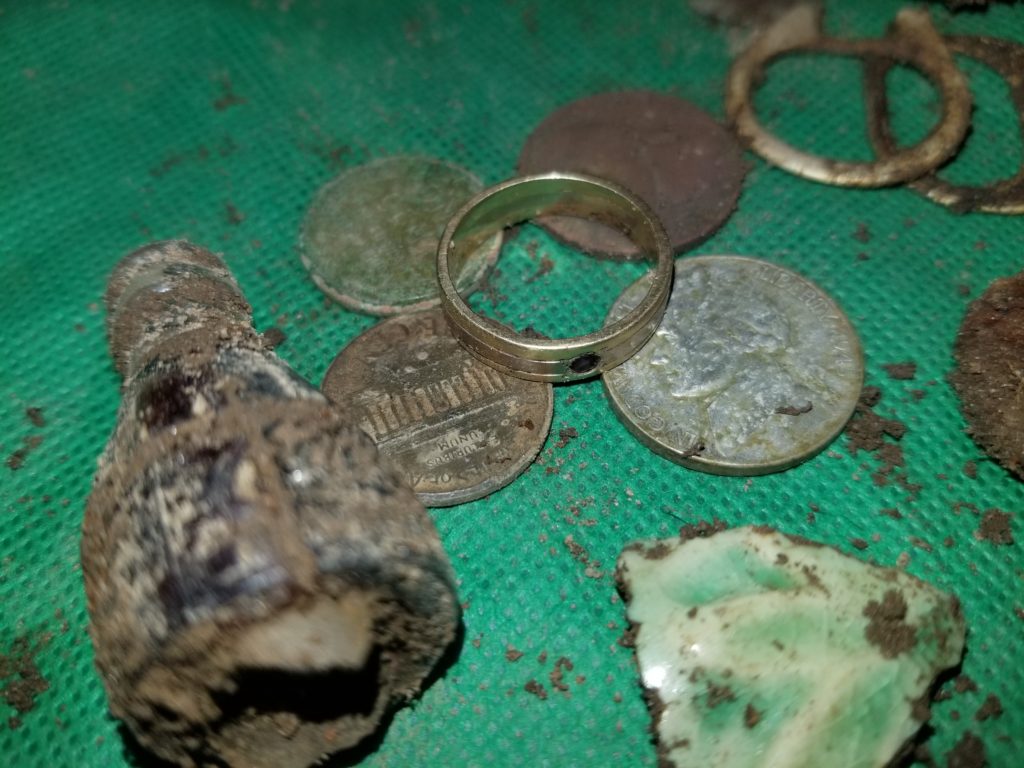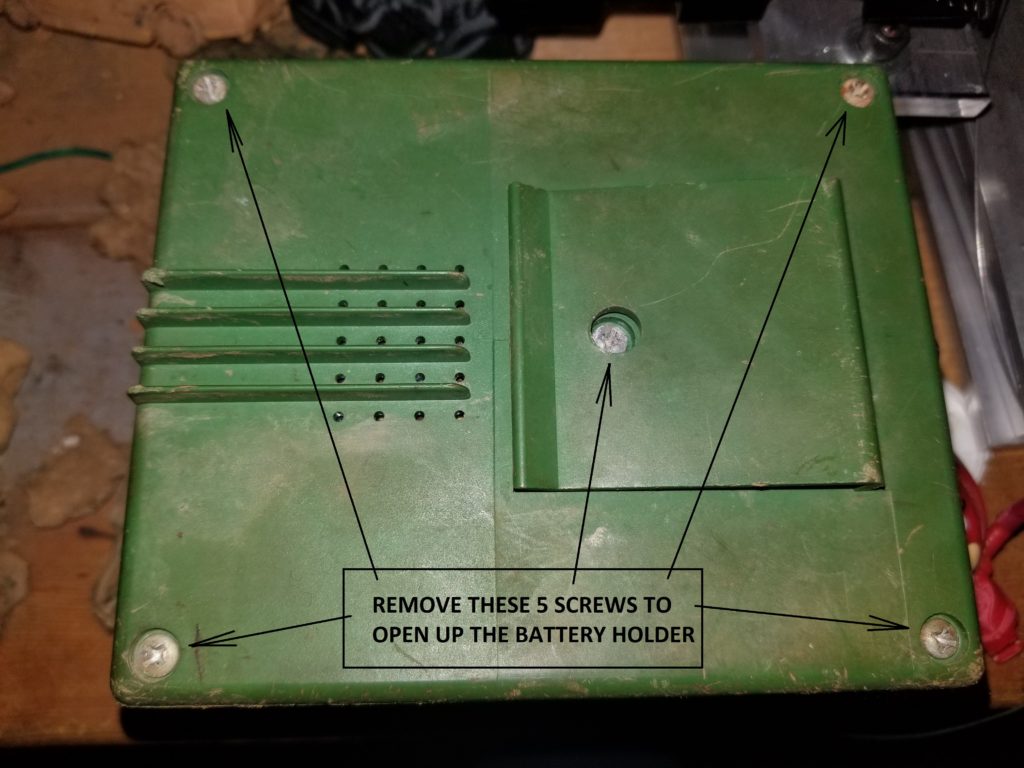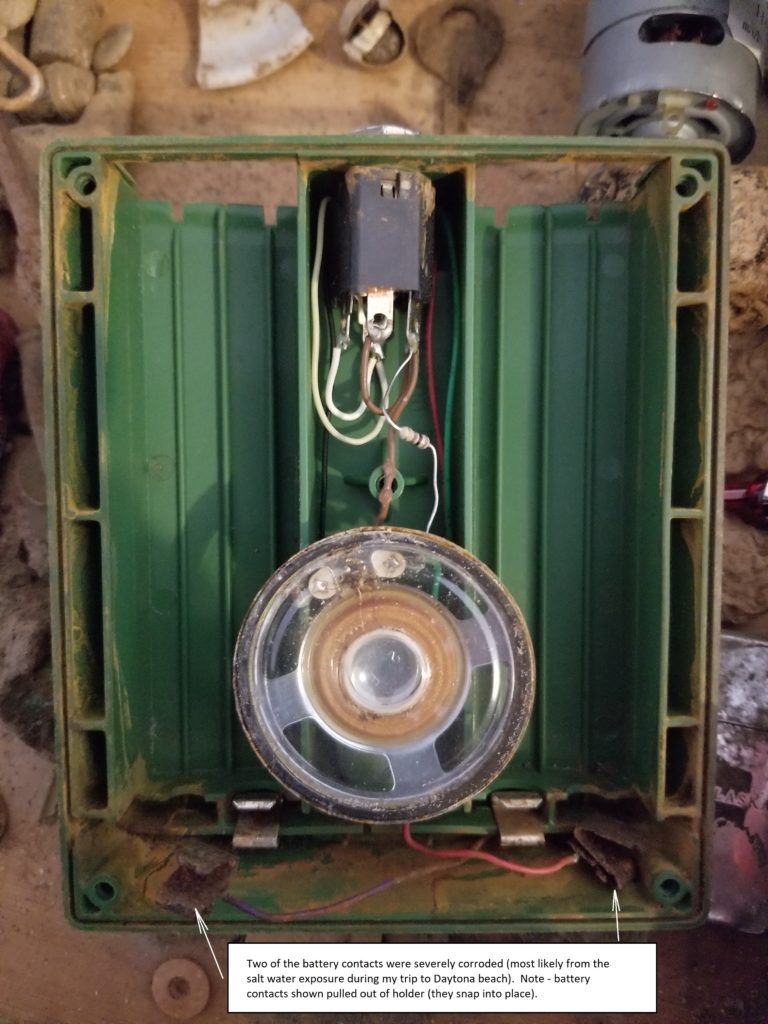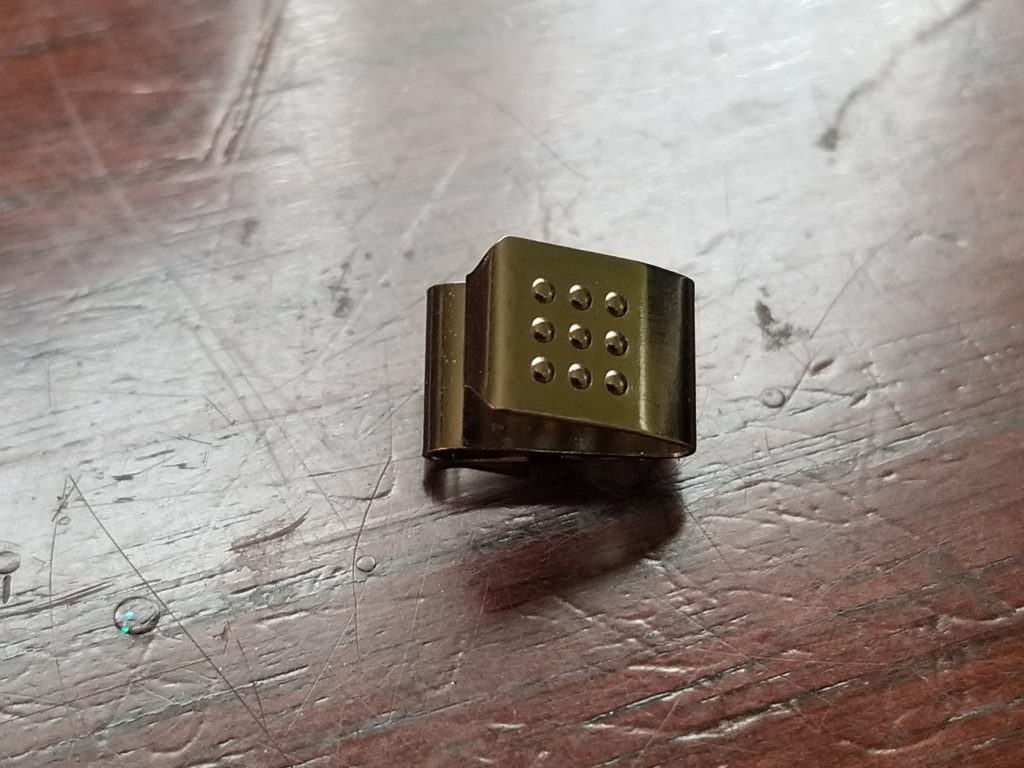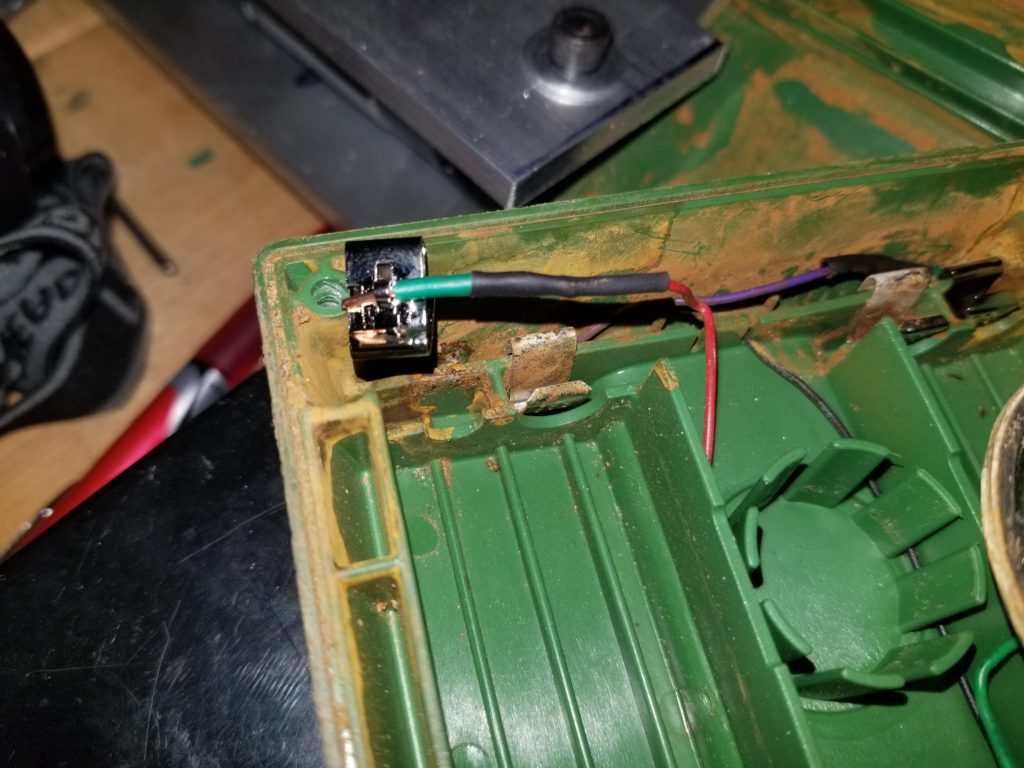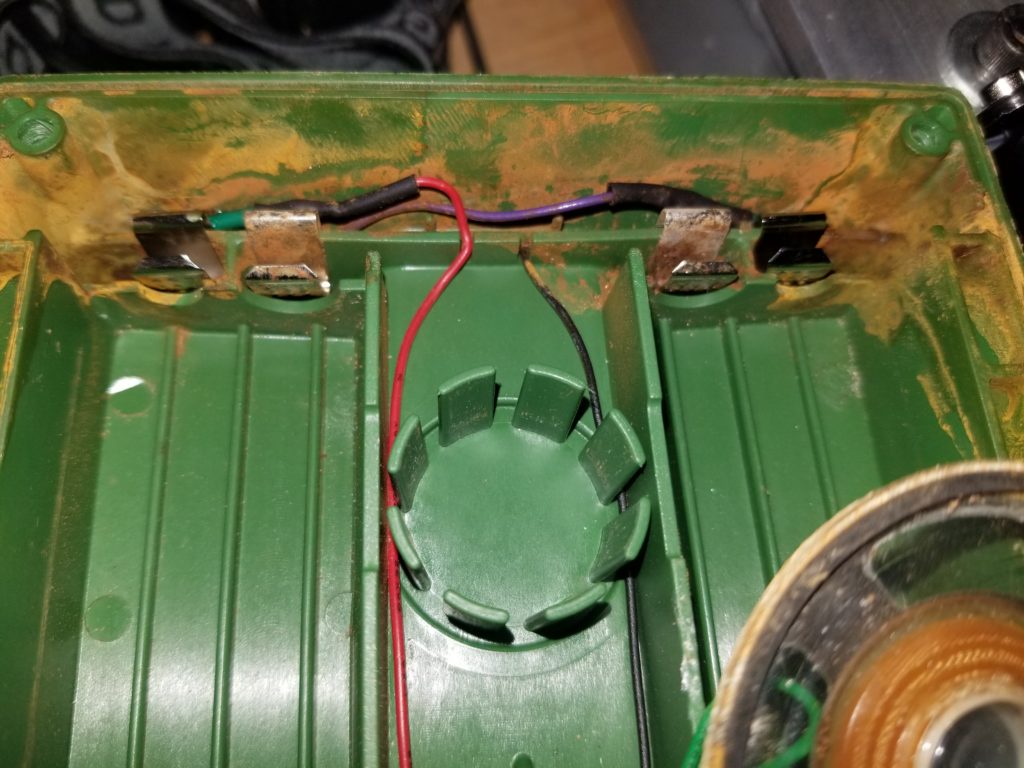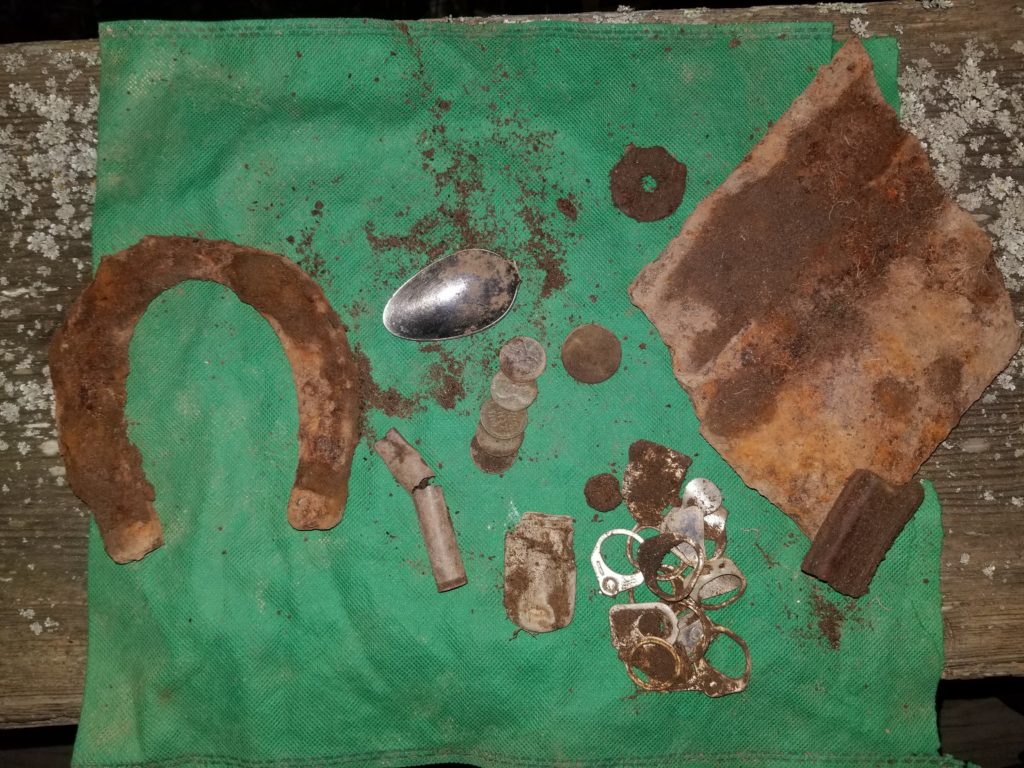My wife called me around 3:30 and told me that she would be running late and would be home later than usual. I thought to myself, “yes! That will give me a couple of hours to go metal detecting!”. I’ve been itching to head back to the 1906 farm house site. During my last visit I pulled out a couple more pennies from the 1940s and 1950s, so I knew there could be more! It’s getting tougher to find the good stuff, but you can’t give up on a productive site until it’s completely worked out!
Arriving at the farm, I knocked on the door and I was greeted by a nurse. She said the owner was sleeping and asked me who I was. I told her the owner normally gives me permission to go metal detecting in her yard. She said, “just a minute, let me check with her”. The owner was confined to her bed, she had recently taken a fall. I asked if I could speak briefly with her and took off my shoes and went inside to go talk to her. The owner is always very sweet and immediately wished me luck and I was off running!
My first good find of the day was a “war” nickel. I was working in all-metal mode and the target rang up as a nickel, but when I saw it, it just looked strange! I immediately, thought, silver “war” nickel and checked the date — 1945.
I was digging every single target that didn’t fall in the “iron” range, so that included a few larger iron relics and even a couple of nails fooled my detectors discrimination. I continued to work the field and out popped a 1942 “wheatie”. Not a spectacular find, but with the silver “war” nickel and the wheat penny, I was encouraged there might be additional good finds waiting to happen.
I worked the yard from around 4:00pm until dusk which since it’s winter was 5:45. I got another pull-tab signal about 3 feet from the large tree in the front yard and I thought to myself, “another pulltab :(“. I cut the plug and in the bottom of the plug I saw gold! It was a beautiful two tone gold band. My wife thinks it might be a wedding band, but I’m not sure. It’s around a size 5.5 or 6 and fits my pinkie perfectly. It’s a beautiful ring, but unfortunately it’s not marked. I’ll have to take it to a jewelry store or pawn shop to have it tested, but it sure looked shiny and new in the Georgia dirt!
I don’t want to sound like a broken record, but I think the saying still goes, “Dig everything and a site is never worked out!!!”. It’s not often you find both silver and gold when you go metal detecting, but when you do, it sure feels great! Good luck and I hope to see you all in the field getting your own silver and gold!
